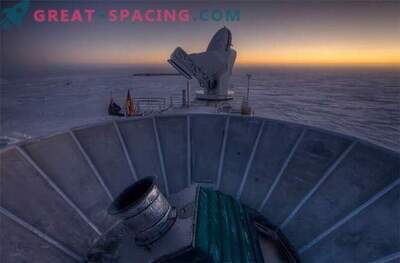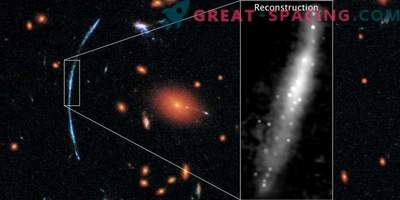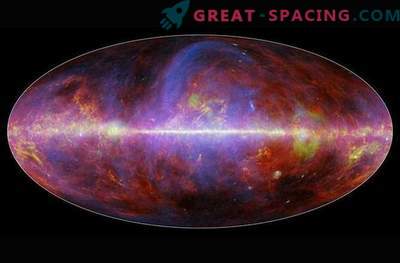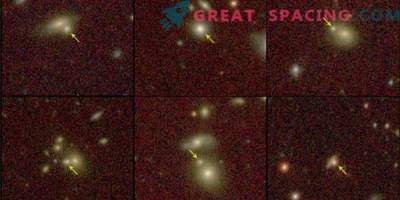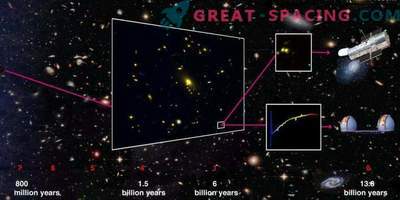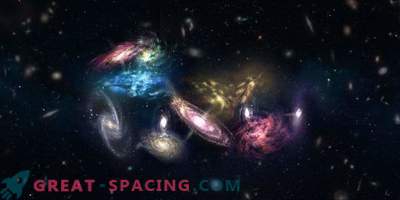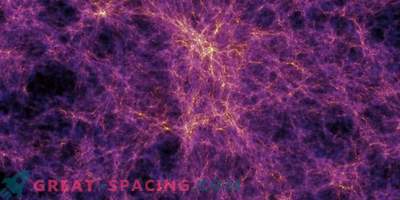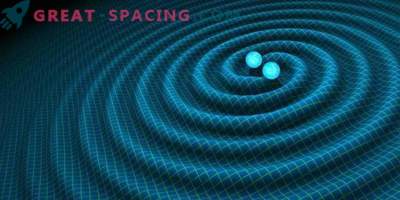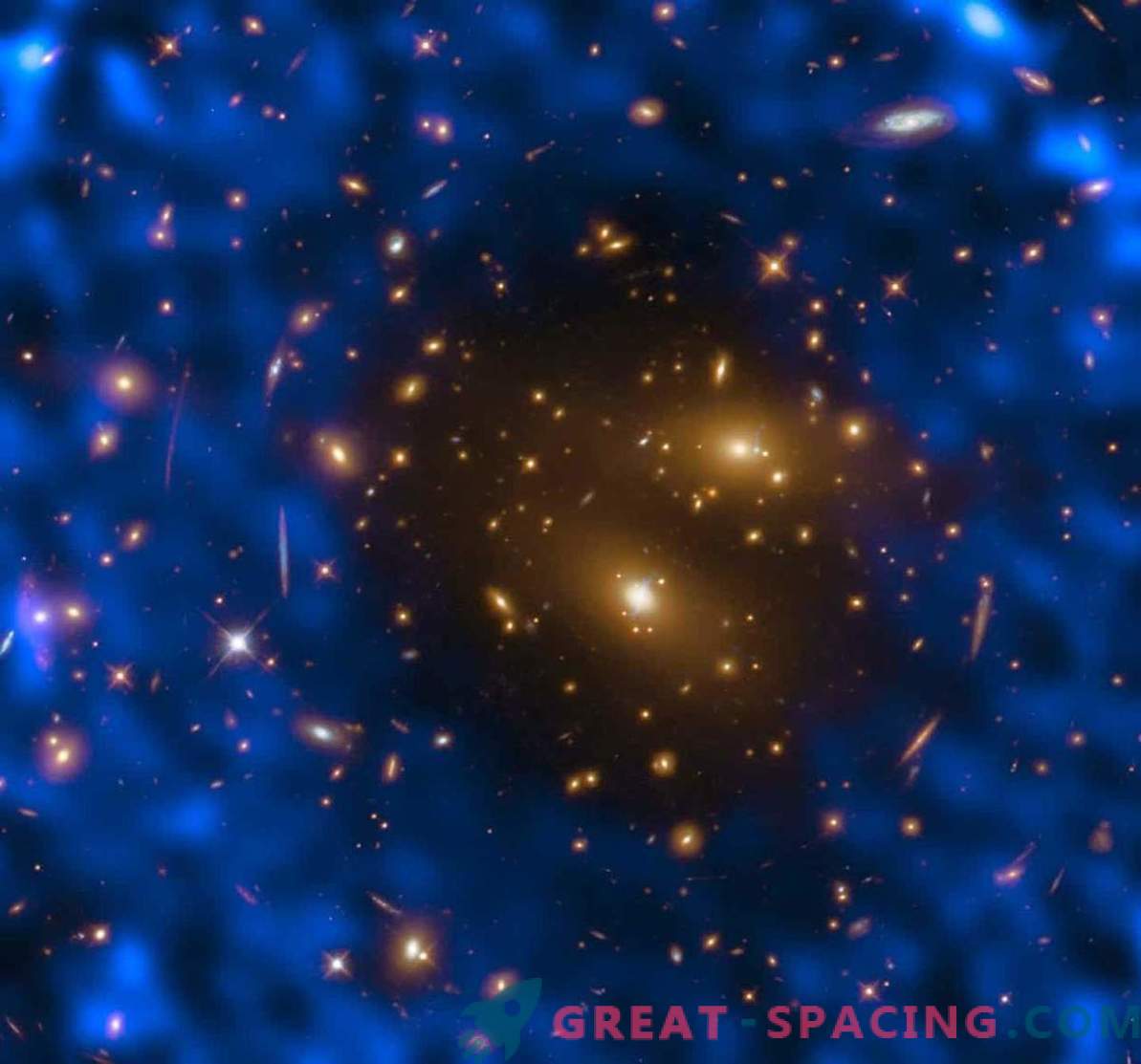
The incidents around the Big Bang carried such a disastrous message that they left indelible marks on the spatial fabric. You can find these "cuts" today, considering the ancient light of the universe. Produced about 14 billion years ago, it (exists even now as weak microwave radiation - relic radiation) has expanded and now permeates the entire cosmos.
Relic radiation (SMW) can be applied to space exploration through the Sunyaev-Zeldovich effect, which was noticed 30 years ago. The SMW was discovered on Earth when the components of its microwave photons arrived to us through space. On the way, they are able to pass through clusters of galaxies containing high-energy electrons, giving photons a tiny charge of energy. It is difficult to find them with our telescopes, but the main thing is that they can help astronomers to understand the fundamental processes of the Universe (for example, the location and distribution of dense galactic clusters). The Hubble Space Telescope tracked one of the largest galaxy clusters RX J1347.5-1145, located 5 billion years away. This was assisted by the Atakamskaya large millimeter-range (ALMA) grill in Chile, which studies the microwave background using the Sunyaev-Zeldovich thermal effect. ALMA observations are seen as a blue-violet background.
